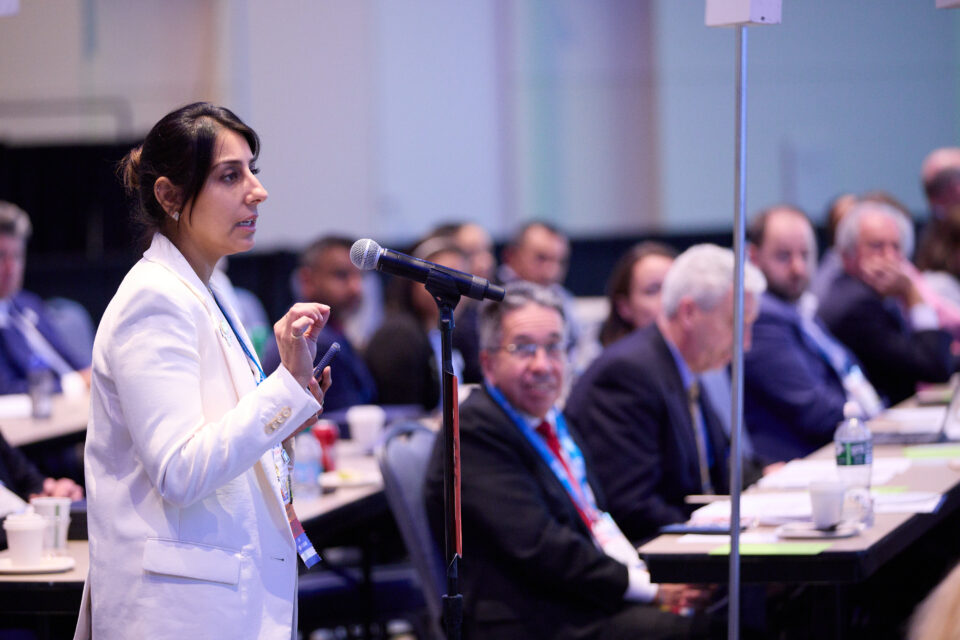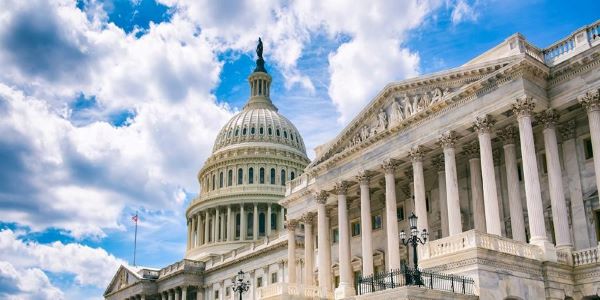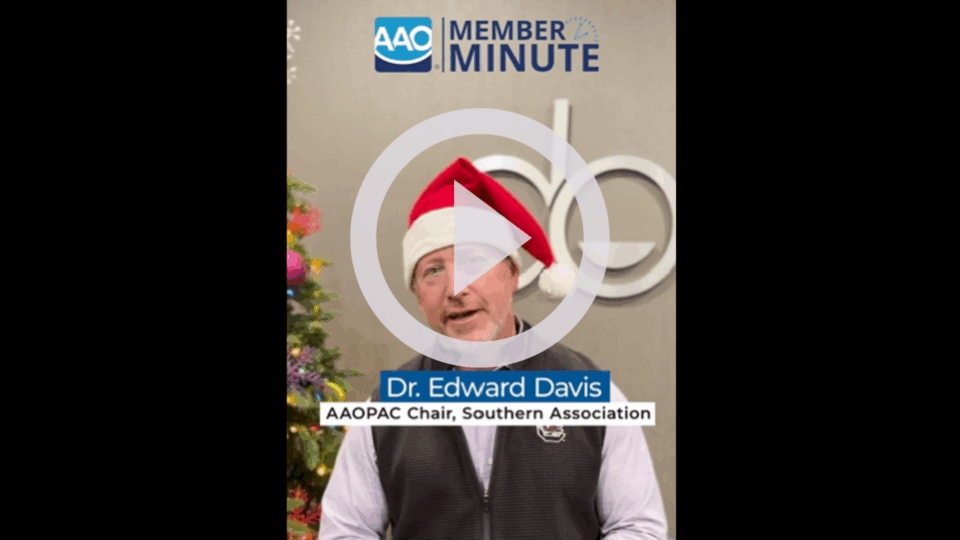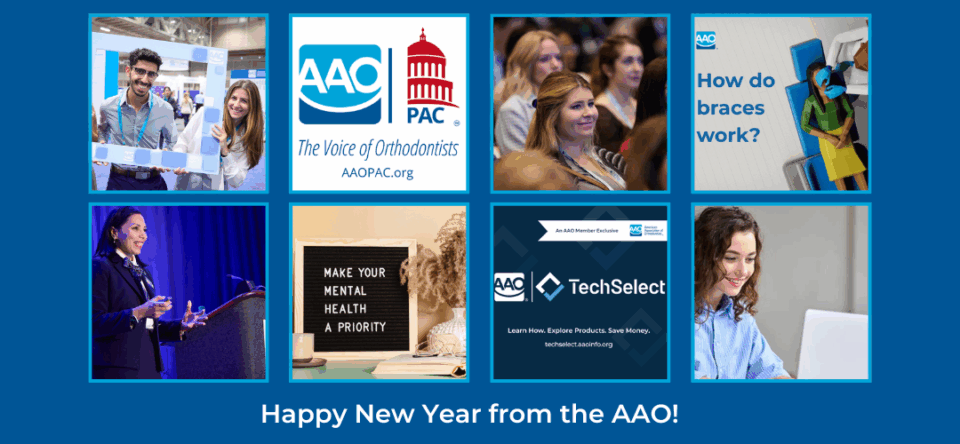The The 2025 AAO House of Delegates (HOD) met April 24 and April 27 in Philadelphia, in conjunction with the 2025 Annual Session. The meeting was under the leadership of House Speaker Dr. Luis Toro, with volunteer leaders present including 64 voting delegates. The House adopted numerous resolutions to ensure that AAO policies and resources meet member needs and provide clear and current information for other stakeholders such as consumers, lawmakers and third-party payers.
AAO Dues to Increase by 2.8%; CAP Assessment to Remain the Same
The HOD approved a dues increase of 2.8% ($23) to $840 for the 2025-26 fiscal year, for full dues-paying active members in the United States. Dues reductions are automatically applied to Canadian active members, active members in their first four years, and international members.
The HOD also voted to have the Consumer Awareness Program (CAP) budget remain funded at $5 million per year for FY2026-27, 2027-28, and 2028-29. Funding will continue to come from a $600 per member assessment for all U.S. and Canadian active members (active academic members excluded) and the remainder from undesignated net assets, when available and as needed. Assessment reductions are automatically applied to active members in their first four years, as well as Canadian active members.
The AAO CAP is the only mass campaign promoting orthodontic treatment by an orthodontist, with the goal of driving high-quality traffic to the AAO consumer website. The CAP brings up to 10 million visitors per year to the site, where content positions the AAO as the go-to online expert and provides a tool for finding a nearby AAO orthodontist.
The digitally focused CAP strategy uses behaviorally and demographically targeted digital advertising, social influencers, search, SEO (Search Engine Optimization), and engaging online video campaigns to educate consumers about direct-to-consumer/mail order orthodontic concerns, the benefits of a child seeing an orthodontist by age 7, and the differences between an orthodontist and other providers.
Terminology Refined for Medically Necessary Care Definition
The HOD approved an updated AAO definition of Medically Necessary Orthodontic Care, now reading: “Orthodontic treatment to prevent, diagnose, minimize, alleviate, correct, or resolve a malocclusion (including but not limited to oral or craniofacial anomalies, and traumatic or pathologic anatomical deviations impacting the dentofacial structures) that create atypical function, atypical phenotypic presentation, pain or suffering, physical malformation significant malfunction, aggravates a condition, or results in further injury or infirmity.”
Medically Necessary Orthodontic Care should be based on a comprehensive assessment and diagnosis done by an orthodontist, in consultation with other health care providers when indicated. The above definition is now reviewed annually by the Council on Orthodontic Benefits and the Council on Government Advocacy.
AAO Clinical Practice Guidelines Revised
During 2024-25 a task force appointed by the AAO Board of Trustees, as called for in AAO policy at least every other year, convened to review the AAO Clinical Practice Guidelines for Orthodontics and Dentofacial Orthopedics.
With another AAO task force currently engaged in a comprehensive look at Artificial Intelligence (AI) in orthodontics, the Clinical Practice Guidelines task force concluded it was too early to include significant changes or statements related to AI in the guidelines. A statement was added to reflect that AI can be a part of orthodontics and may aid in planning and treatment, but that it is not a replacement for the treating provider.
Additional changes included reorganization of the Diagnostic and Treatment Considerations (outline) sections to start at the level of the dentition, then move to arch considerations and finally to jaw size considerations.
View the Updated Version:
AAO Clinical Practice Guidelines for Orthodontics and Dentofacial Orthopedics
AAO to Accept Orthodontic Program Interns as Members
The AAO will now accept full-time interns at orthodontic programs as student members during their tenure as interns.An intern is defined as an individual who has graduated from dental school, meets the academic qualifications for admission to an accredited orthodontic residency program and is currently working or volunteering at an accredited orthodontic residency program, but has not yet been admitted to an orthodontic residency program.
AAO to Allow Retired Members to Serve in Appointive Positions
The HOD approved an amendment to Bylaws that allows AAO members in retired status to serve in appointive positions within AAO leadership. Appointive positions may include task forces, special committees and consulting roles with councils, committees and other AAO entities.
View the Complete 2025 HOD Actions Chart



